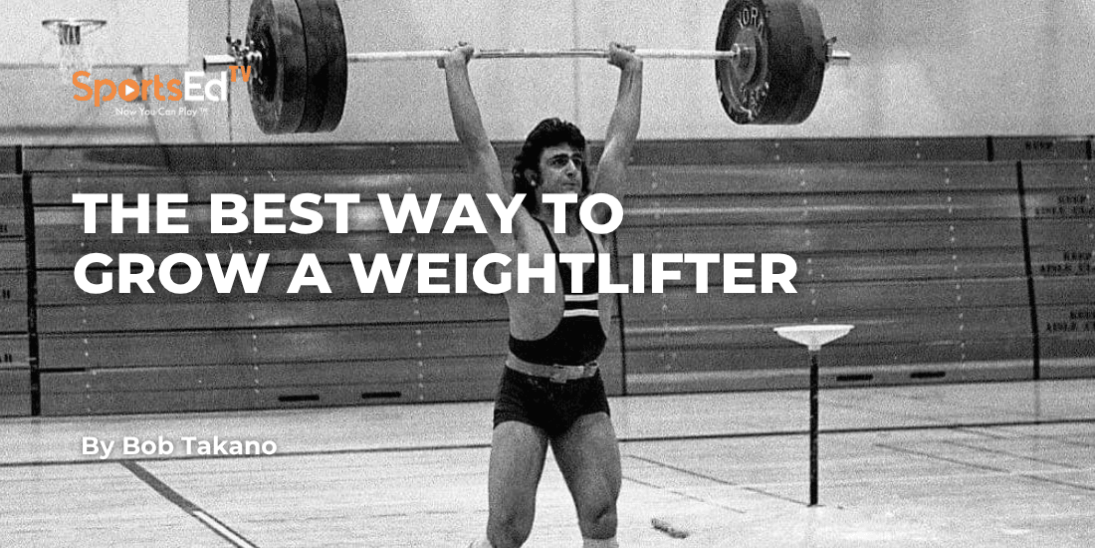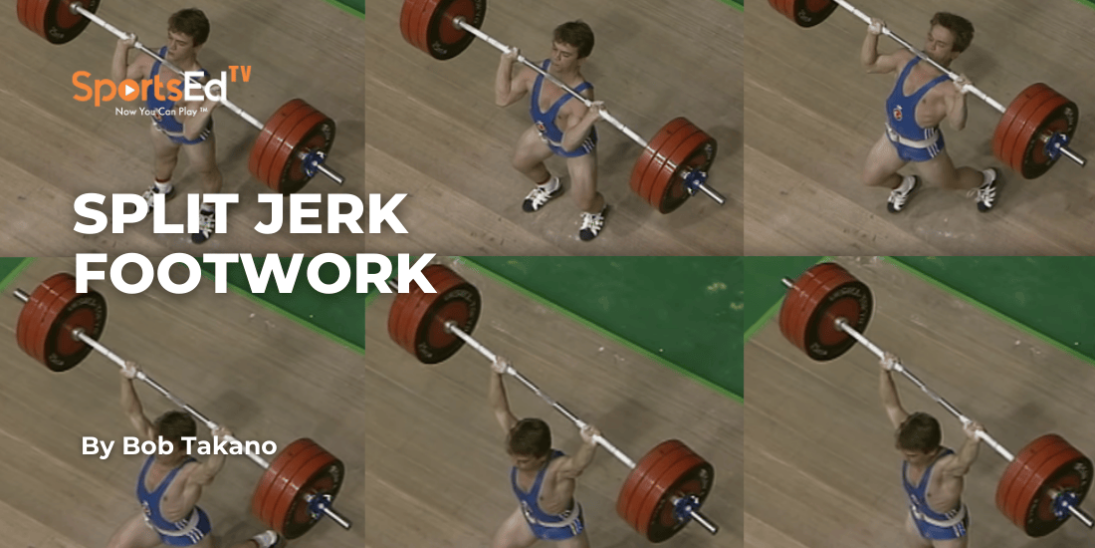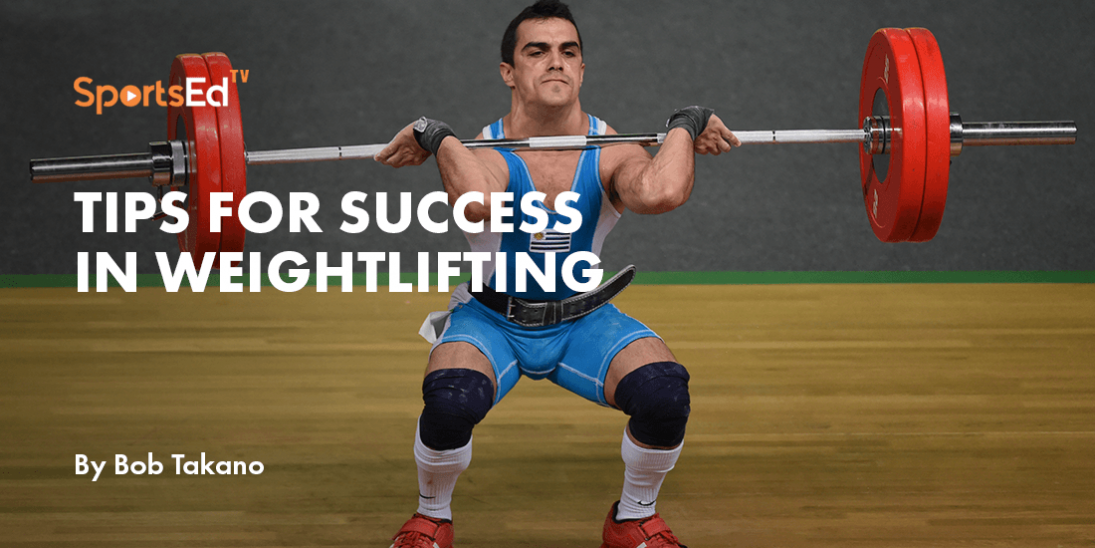Weightlifting
Welcome and thanks for visiting...

Understanding Derived Indicators of Training Intensity in weightlifting
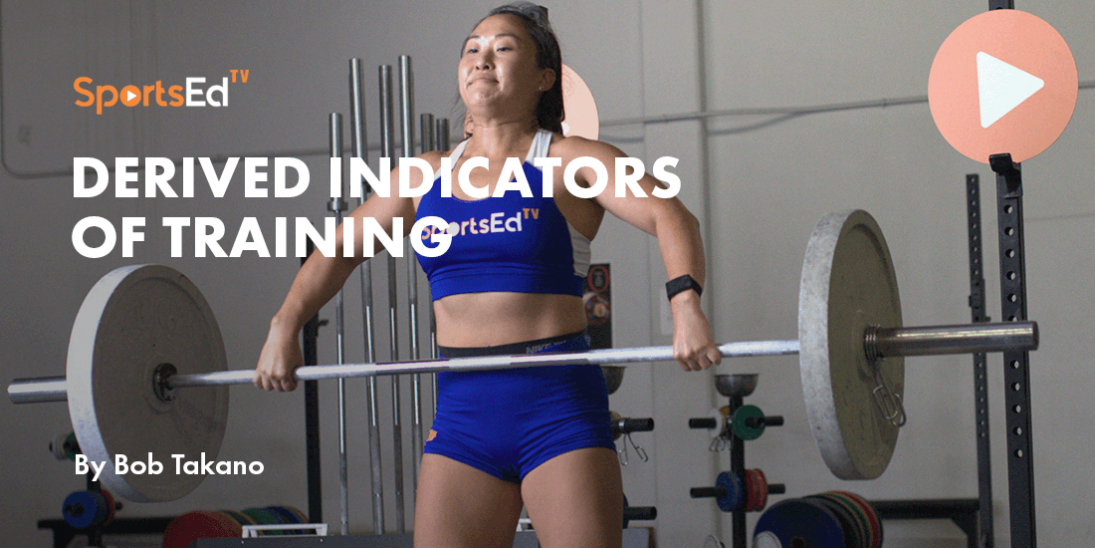
In my previous article I wrote a post about how to calculate the average relative intensity of a macrocycle. I wanted to do another one this week about the relative absolute intensity, but I thought about it briefly and decided that you readers would be better off if I explained the reasoning behind doing all these calculations. So, let me take this opportunity to look at these indicators of training intensity.
Balancing Speed and Strength in Competitive Lifting
The competitive lifts are excellent examples of events that require a tremendous quantity of both strength and speed in balance. The best practitioners have both quality in abundance and balance. The optimum result will not be attained if an athlete is very strong but relatively slow. Similarly, the very quick but relatively weak lifter will not achieve the best result in both lifts.
To ensure that both qualities are trained in a balanced manner, the intensities of training are apportioned into intensity zones.
Training Intensity Zones Explained
Low Intensity Zones
60% and 70% intensity zones will favor speed development, although there is some strength development but not enough to favor the clean &; jerk.
Mid Intensity Zones
80% and 85% intensity zones offer the most development in both speed and strength.
High-Intensity Zones
These zones (90%, 95%, 100%, 105%) will offer the greatest gains in strength but little speed development.
The best training programs offer a proper mix of all training zones and, hence, the greatest gains in both strength and speed.
Unpacking the Average Relative Intensity (ARI)
In this article, I covered the means by which this indicator is calculated. The unit here is the percent. The optimal ARI for a macrocycle (8-12 weeks) will fall into the high 70% range, around 77-78%.
The Average Absolute Intensity (AAI)
For this indicator, the unit is the kilo. Since lifters come in a range of bodyweights and genders and hence, strengths, there is no optimal range. We can use the calculations over a span of time to determine whether appropriate progress is being made. Ideally, the AAI will increase, but as the lifter becomes more refined, it may have to be reduced slightly in order to continue making progress in the total
The K-Value
The K-value is a derived figure that will assist in determining the proper regulation of the AAI, as it is correlated to the competition total. The K-value is calculated by taking the AAI of a macrocycle and dividing it by the total. The resulting quotient is the K-value, which should be between 38 and 42 for most elite-level athletes. If the clean &; jerk progresses faster than the snatch, the K-value might have to be lowered or the bodyweight reduced.
Calculating The Average Absolute Intensity (AAI)
Here’s an example of how to calculate the AAI for a single session.
Here is a single-session training program during the fourth week of a pre-competition mesocycle.
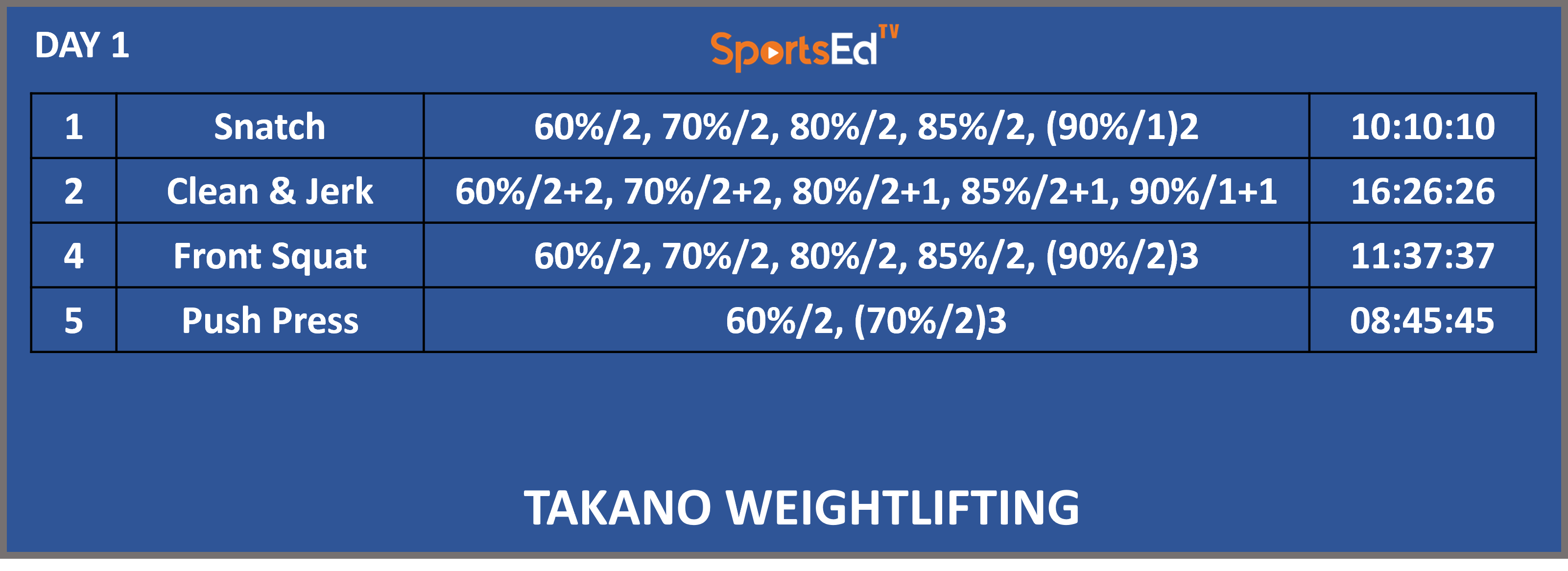
The three numbers on the right are exercise volume, session volume, and weekly volume.
Then, I produced the following percentage table with 100% lifts of 80 snatch, 100 clean &; jerk, 131 back squat, and 105 front squat. These are the goal weights for this macrocycle.
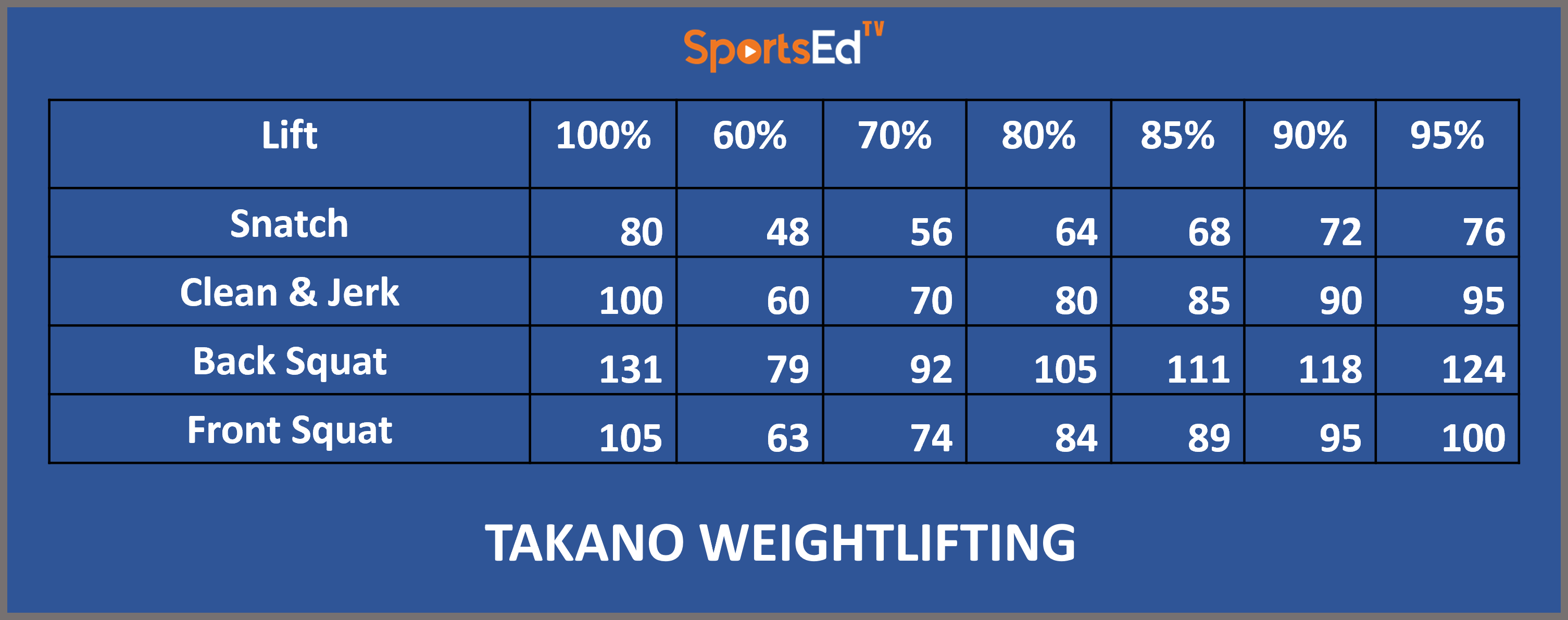
I then calculated the absolute intensities for each exercise.
For the snatch:
(48x2), (56x2), (64x2), (68x2), (72x2) or 96+112+128+136+144 for a total of 616 for 10 reps.
The clean &; jerk figures:
(60x4), (70x4), (80x3), (85x3), (90x2) or 240+280+240+255+180 for a total of 1195 for 16 reps
The Front Squat:
(63x2), (74x2), (84x2), (89x2), (95x6) or 126+148+168+178+570 for a total of 1190 for 11 reps
The Push Press figures are based on the clean & jerk 100% of 100 kg.
(60x2), (70x6), or 120+420 for a total of 560 for eight reps.
The total volume for the session would be 616+1195+1190+560 for a total of 3561 for 45 reps.
This calculates an average absolute intensity of 79 k.
These calculations must be done for a macrocycle (8 or 12 weeks or even more for an elite athlete.).
This is not difficult to calculate and can be easily set up with a spreadsheet. The greatest demand on one’s time is inputting the figures. Missed lifts count as long as an earnest effort was made to complete them.
Read the article on the K-Value
For those searching for the most credible training information based on fifty years of coaching experience, the Takano Weightlifting Coaching Membership is a vast collection of videos and written content touching upon a complete approach to coaching weightlifting. Coaches of beginners and elite athletes will be able to discover helpful content. Lifters will also find this information valuable, although it is written from a coaching perspective. Check out this link Takanoweightliftingcoaching, to find out more and sign-up.




